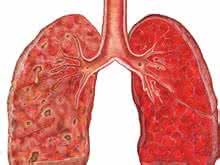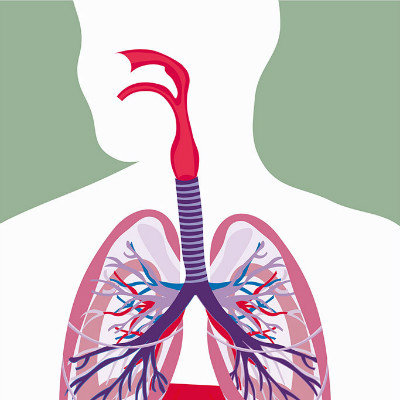Symptoms of lymphoma invading the lung
summary
Malignant lymphocarcinoma, also known as "lymphoma", is a primary malignant tumor in lymph nodes or other lymphoid tissues. It is one of the top ten common malignant tumors in China. The disease is more common in young and middle-aged people, male patients are more than female patients. The disease can be divided into Hodgkin's disease and non Hodgkin's lymphoma. The degree of malignancy is different, which is caused by the malignant proliferation of lymphoid tissue cell system, and mostly occurs in lymph nodes. 1. Low immune function, such as AIDS, organ transplantation, rheumatoid arthritis, etc; 2. Virus infection, such as HTLV, HIV, EB virus, etc; 3. Chemical carcinogens such as pesticides and hair dyes, etc; 4. Others, such as radiation exposure and Hodgkin's disease after treatment. Let's talk about the symptoms of lymphoma invading the lung.
Symptoms of lymphoma invading the lung
1. Lymphadenectasis: including superficial and deep lymph nodes, which is characterized by progressive, painless, hard quality, and can be promoted. In the early stage, they do not adhere to each other, and in the late stage, they can fuse. Anti inflammatory and anti tuberculosis treatment is ineffective. The most common superficial lymph nodes were in the neck, followed by axillary and abdominal sulcus. In deep part, mediastinum and abdominal aorta are common( 2) Lymph node enlargement causes local compression symptoms: mainly refers to deep lymph nodes, such as enlarged mediastinal lymph nodes, compression of the esophagus can cause dysphagia; Superior vena cava syndrome caused by compression of superior vena cava; Compression of the trachea causes cough, chest tightness, dyspnea and cyanosis.

2. Fever: the type of fever is irregular, between 38-39c for many years. Some patients may have persistent high fever or intermittent low fever, and a few have periodic fever( 2) Emaciation: most patients have the performance of weight loss, in 6 months to reduce the original weight by more than 10%( 3) Night sweats: sweating at night or after sleep.

3. Lymphoma can invade all tissues and organs of the body. Such as liver and spleen infiltration caused by hepatomegaly; Gastrointestinal infiltration causes abdominal pain, abdominal distension, intestinal obstruction and bleeding; Lung and pleural infiltration caused cough and pleural effusion; Bone infiltration caused bone pain and pathological fracture; Skin infiltration caused pruritus and subcutaneous nodules; The infiltration of tonsil, mouth, nose and pharynx caused dysphagia, nasal obstruction and nasal button; Infiltration of the nervous system causes spinal cord compression, cranial neuropathy and so on. Once the patients have the above symptoms and signs, they should go to the hospital for examination, so as to determine whether they have lymphoma.

matters needing attention
1. Should eat more has the function of anti malignant lymphoma food: pangolin, toad, pheasant, taro. 2. Water chestnut, taro, walnut, litchi, Pelteobagrus fulvidraco, snail, Morchella, cat meat and oyster are suitable for lymph node enlargement. 3. Fever should eat bean curd residue, fig, barley, mung bean, balsam pear, Chieh qua, water chestnut, water snake. 4. Night sweats should eat pig heart, mutton, oats, sorghum, tofu skin.














